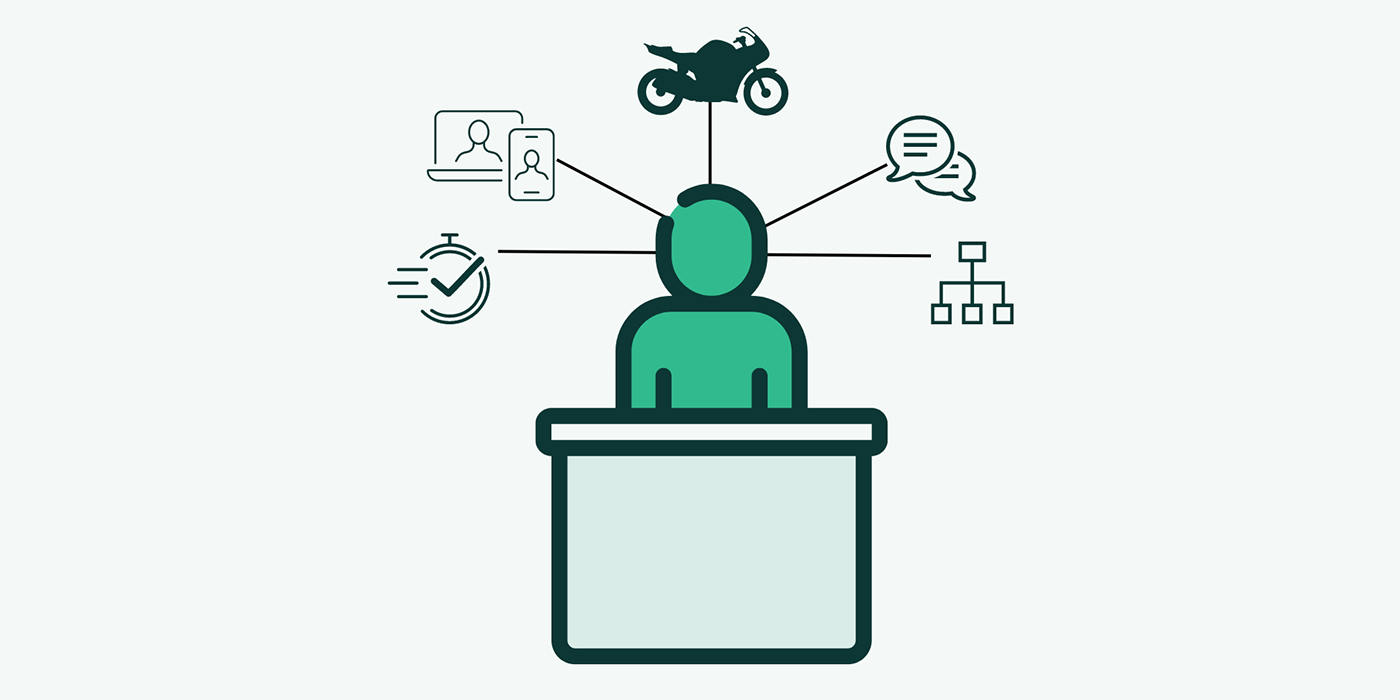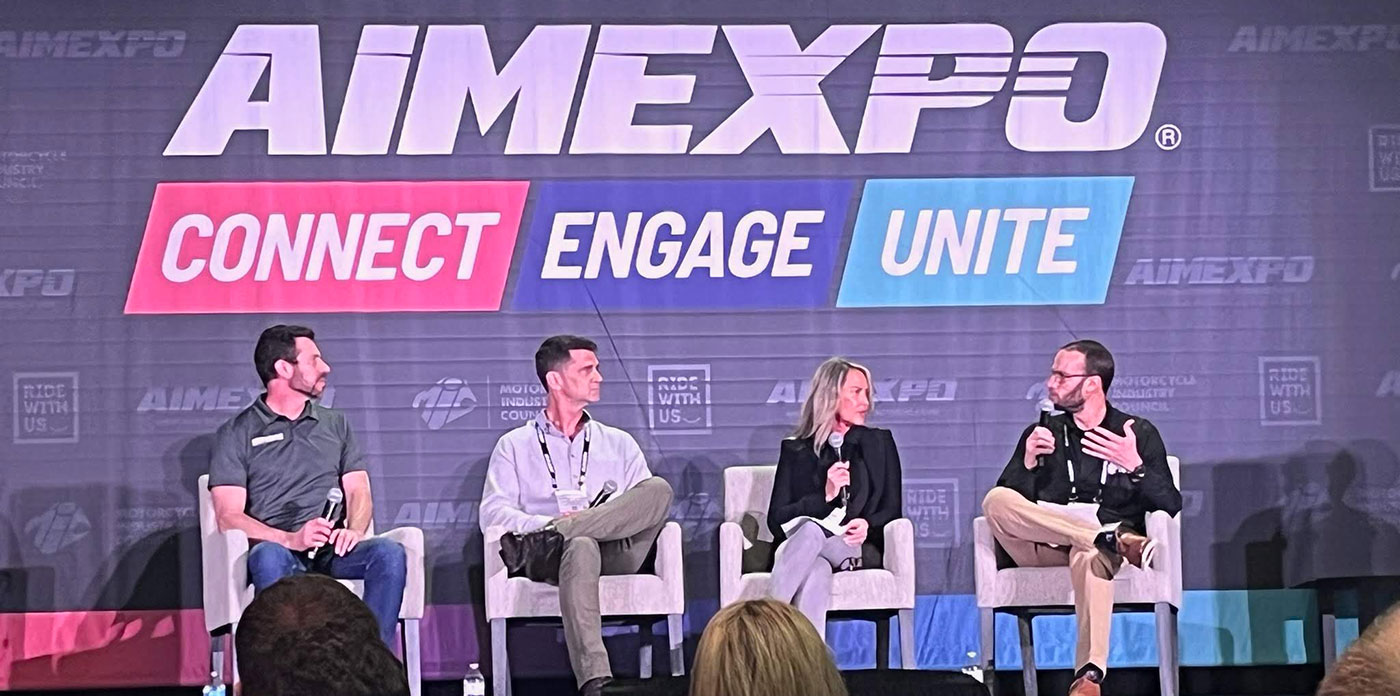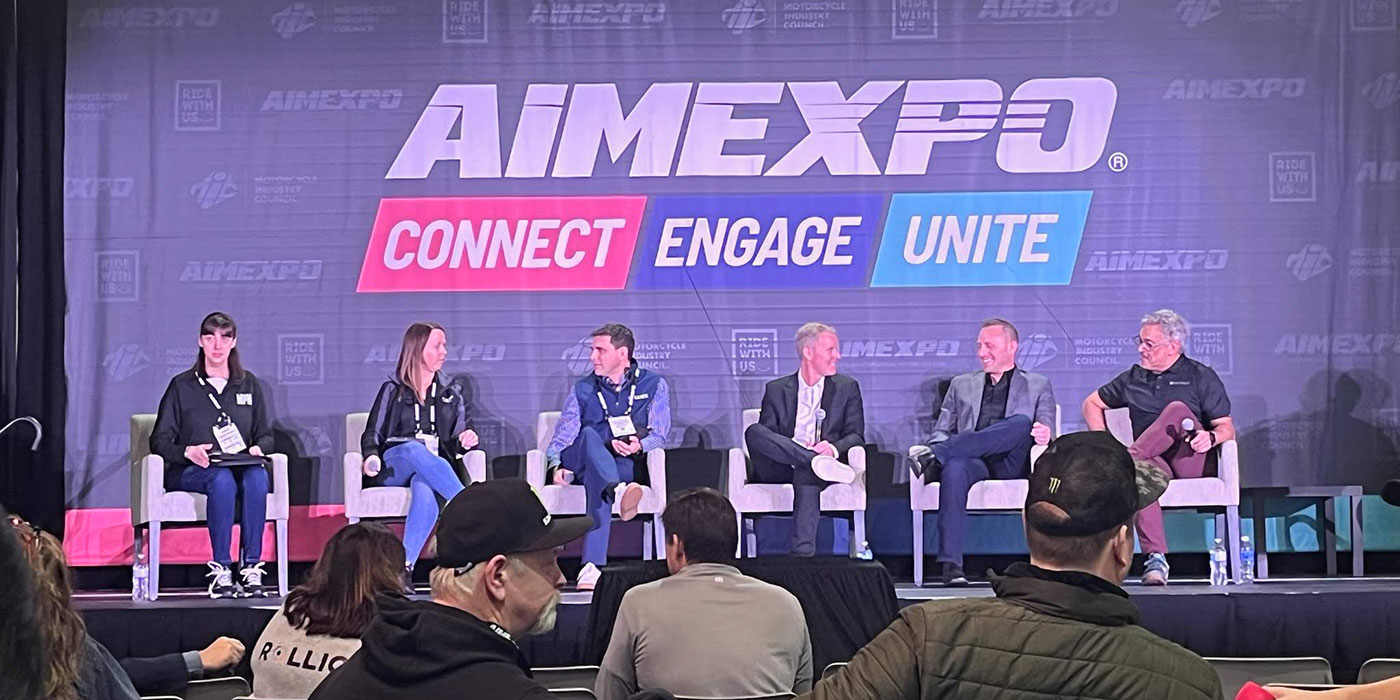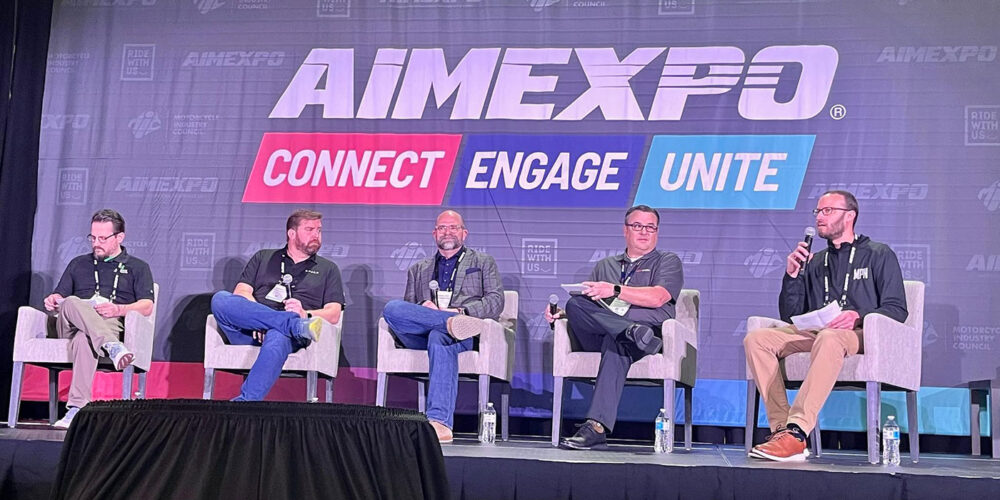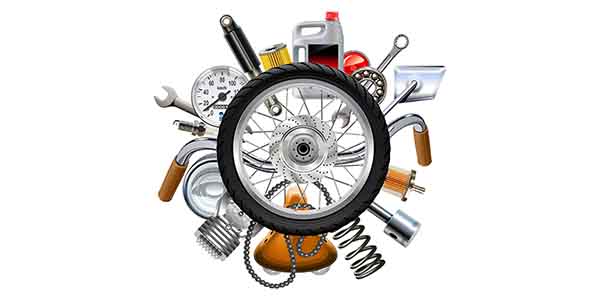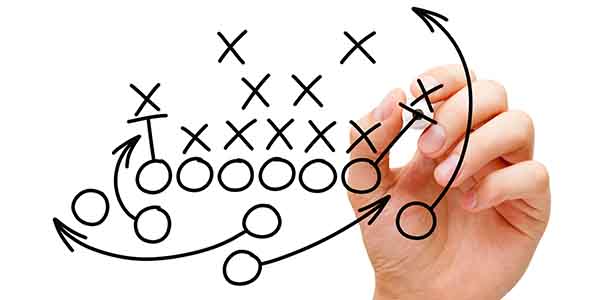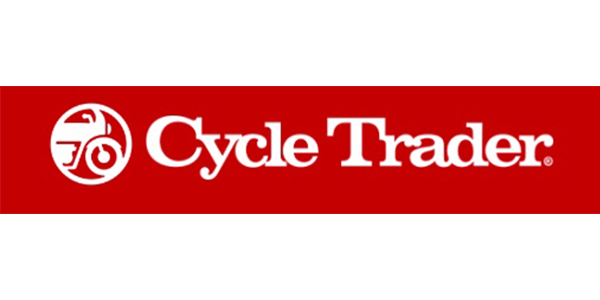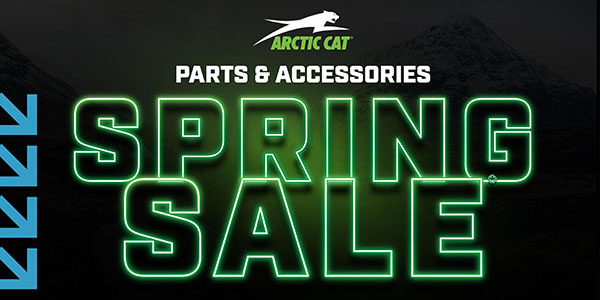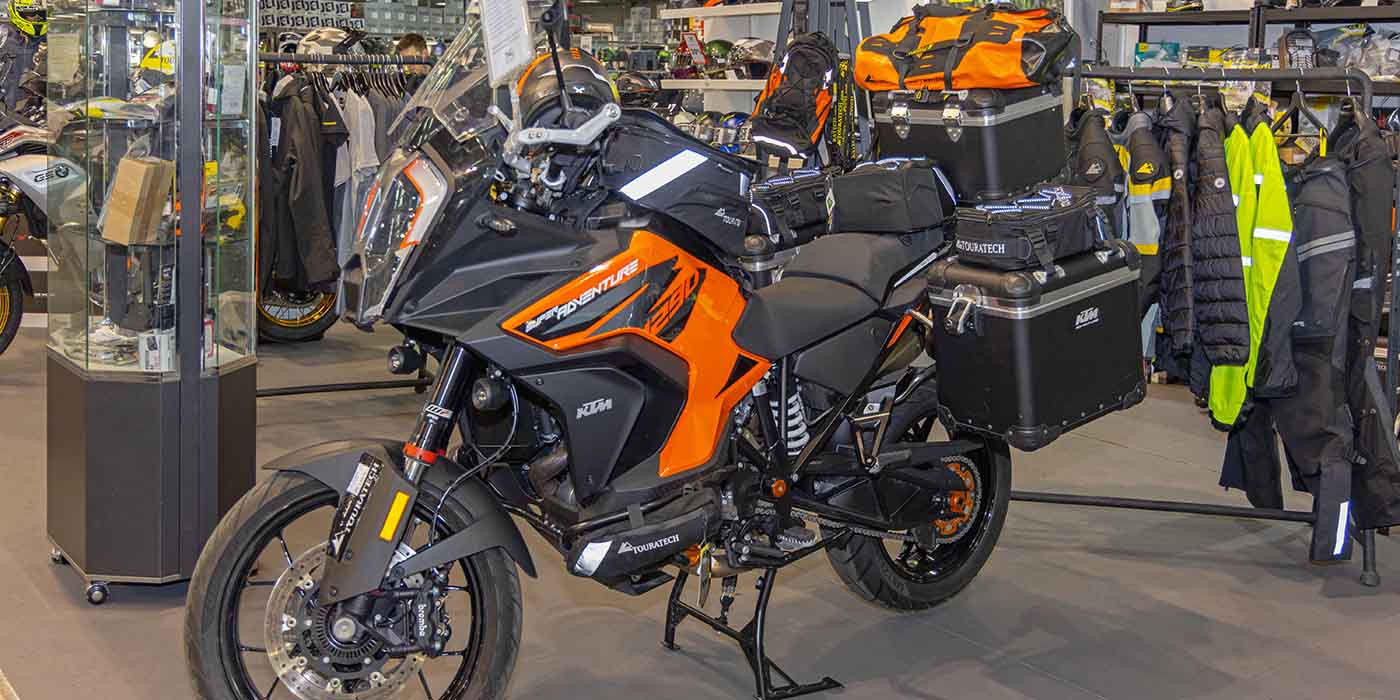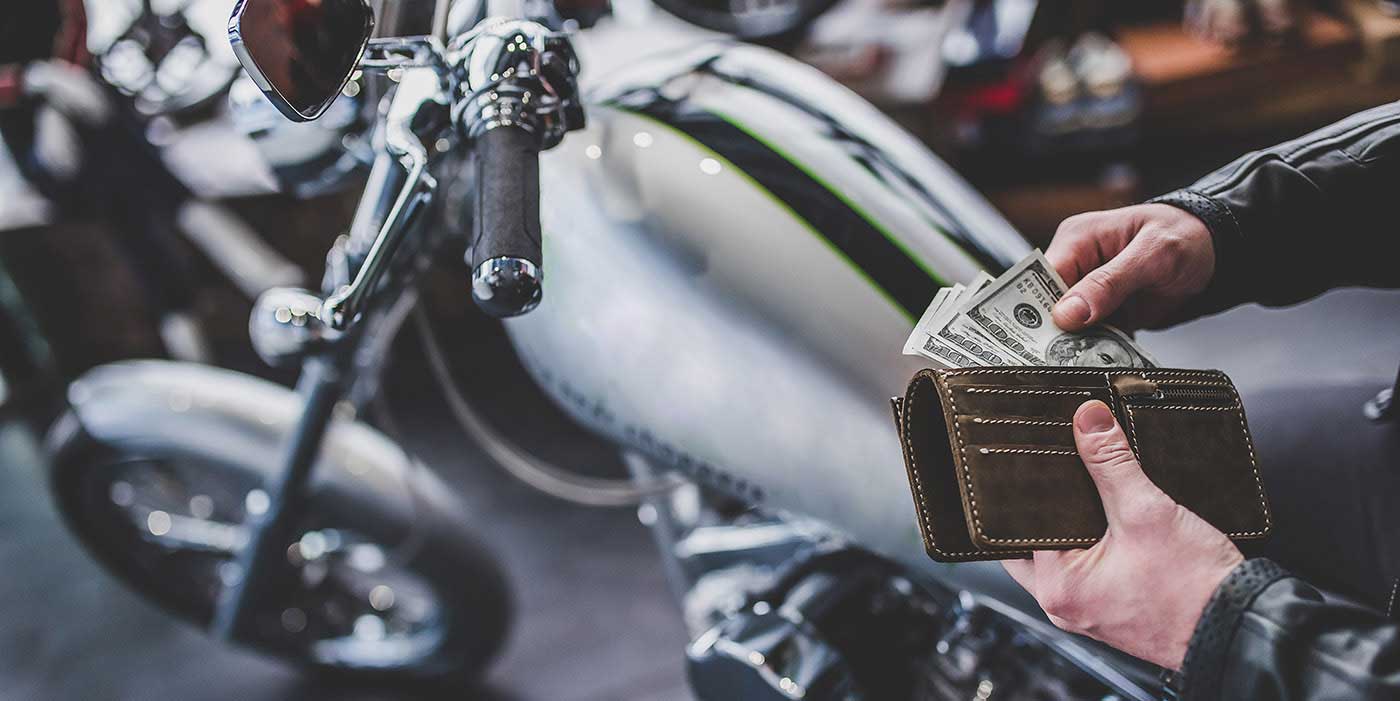So this whole “working with the carpet guy” thing has really spun in a different direction than expected. I started out just helping a friend get his business organized, but what we found to be a bit more urgent was a pretty serious lack of revenue. Since my friend is already working 100 hours per week, getting out there and selling more isn’t really an option.
Years ago, I wrote an article based on an old joke about the guy who buys hot dogs by the truckload for fifty cents each and drives to the next town to sell them for fifty cents each. In the joke, when his wife asks him how he expects to make that work, his answer is, of course, “I’ve gotta get a bigger truck!” while listening to that joke, a friend of mine’s 13-year-old son, interrupted the story teller’s punch line with the revelation, “He’s gotta sell ‘em potato chips.”
That’s it! My carpet cleaning buddy needs a pre-paid maintenance program, but it’s never been done before in the carpet cleaning business! Now my head is completely spun, but as we began looking at the math for him — which looks phenomenal, by the way — I started wondering why more powersports dealers don’t have these programs in place. Then I realized that in most powersports dealerships it’s never been done either.
A lot of the profitable dealers we work with are putting a number to their bottom lines that’s oddly similar to the gross profit from the F&I department. That translates to a scary fact. If they didn’t have F&I, the black ink they’re getting now would be seriously challenged. Interestingly enough, the largest chunk of that number is the profit made directly on the pre-paid maintenance program; not to mention the profit brought into the store by the program through the service department. I’m not going to waste this page selling you on the benefits of PPM. Iif you don’t have a program and you’re still with me here, believe it or not, PPM is often a fairly simple program to set up. It’s usually the logistical and/or administrative details that need to be customized for each dealership. The basics components of the program are this:
1. Getting an overview of how the program works
2. Creating the product
3. Selling the product
4. Tracking the use of the product
The product needed for the carpet dealers is more complex than it is in dealerships, because most carpet stores don’t have their own cleaning service like you do. All a powersports dealer needs are a few fairly simple measurements. How much redemption is the program exposed to? (There’s lots of 20-group data on that.) What is the gross profit of the service department per hour? (You should have that answer.) What is the retail price of, say three years of service, for the average unit? (That can be broken down into categories later, but for initial analysis purposes, I wouldn’t tax my brain that much.) With those measurements, you can begin to establish the pricing and cost structures needed to create and maintain a viable program.
That takes care of number 1. Next we’ll tackle number 2 and 3, and as for number 4, well the proof is in the pudding!
For most dealers, this is the off season. And the off season is the absolute best time to create new programs in order to get the most success from them. So take a deep breath and relax. That’s what the off season is for. Let’s work on your business this season so that next season you won’t have to work in your business quite as much.
Otis Hackett is the founder of Otis Hackett Group. OHG provides general management services for powersports dealers across the U.S. The OHG team brings real-world experience, having all been motorcycle dealership employees working on the front lines of the industry every day. Click on www.otishackett.com or e-mail [email protected]. Join us on Facebook or follow us on Twitter!

